Moroccan Chicken Tagine
This post may contain affiliate links. Read my full disclosure policy.
Chicken tagine is a traditional Moroccan dish of chicken pieces braised with spices, garlic, onion, olives, and preserved lemons. It’s company-worthy yet easy to throw together.
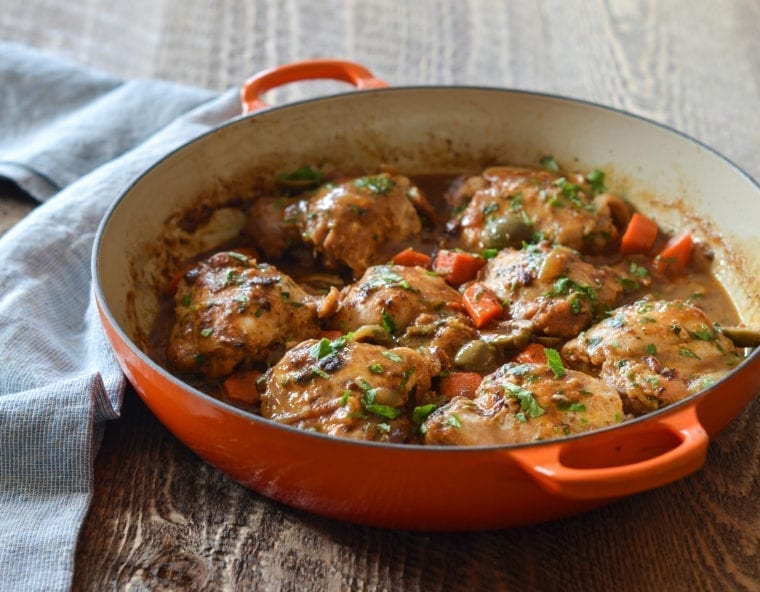
Chicken tagine is a traditional Moroccan dish of chicken braised with spices, garlic, onion, olives, and preserved lemons. It’s a company-worthy dish yet easy enough to throw together on a not-too-busy weeknight. The word tagine refers to the shallow clay vessel with a cone-shaped lid in which the dish is traditionally cooked, but you don’t need one to make it. I use a large cast-iron braiser; a wide Dutch oven or heavy covered skillet will work, too. This recipe, tweaked a bit from Cook’s Illustrated, does not call for preserved lemons, a specialty ingredient that can be difficult to find. Instead, lemon zest and fresh lemon juice add tart brightness to the dish. Serve the chicken on a platter or individual plates over a bed of couscous.
What you’ll need To Make Chicken Tagine
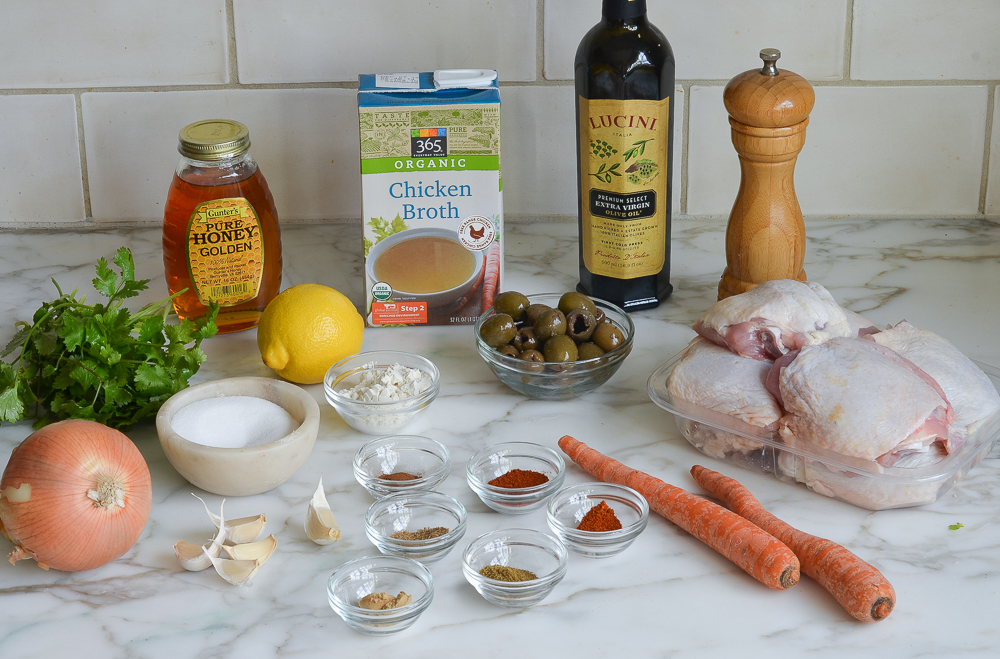
While you can use a whole cut-up chicken for chicken tagine, my preference is to use bone-in, skin-on chicken thighs only, similar to my coq au vin recipe. The thighs provide a good amount of meat and remain tender even if slightly overcooked, and the bones and skin add depth of flavor and richness to the sauce (though the skin is removed midway through cooking). Sometimes, I pull the meat off the bone before serving — makes it easier and more appealing for the kids to eat — but serving the chicken on the bone is traditional.
How To Make Chicken Tagine
To begin, combine the spices in small bowl.
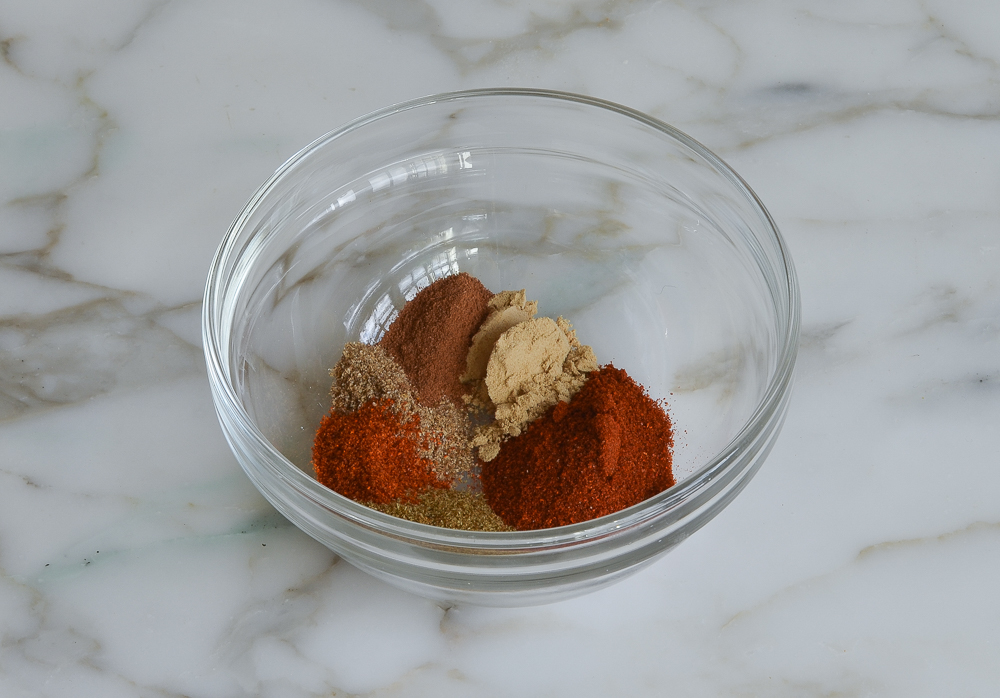
Mix well and set aside.
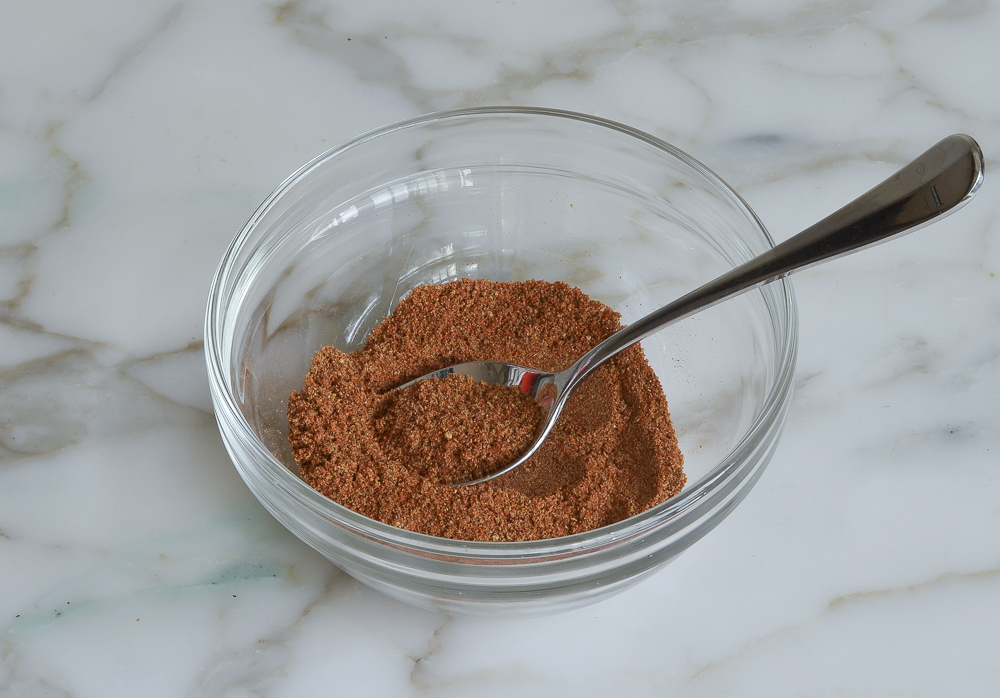
Zest the lemon. Combine 1 teaspoon of the lemon zest with 1 minced garlic clove; set aside.
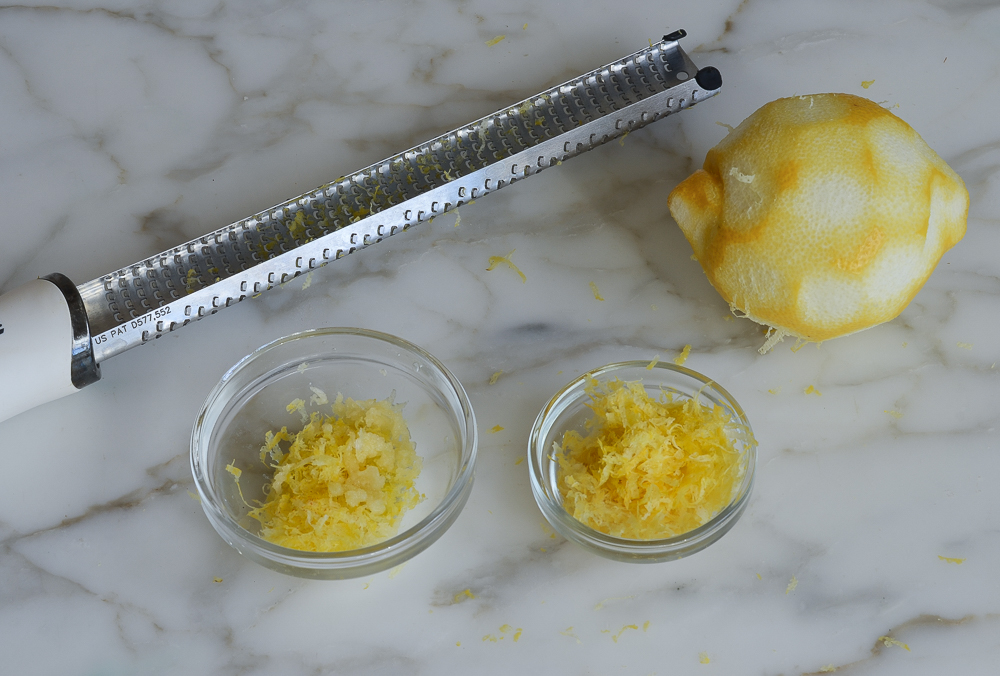
Season both sides of chicken pieces with 2 teaspoons salt and 1/2 teaspoon pepper.
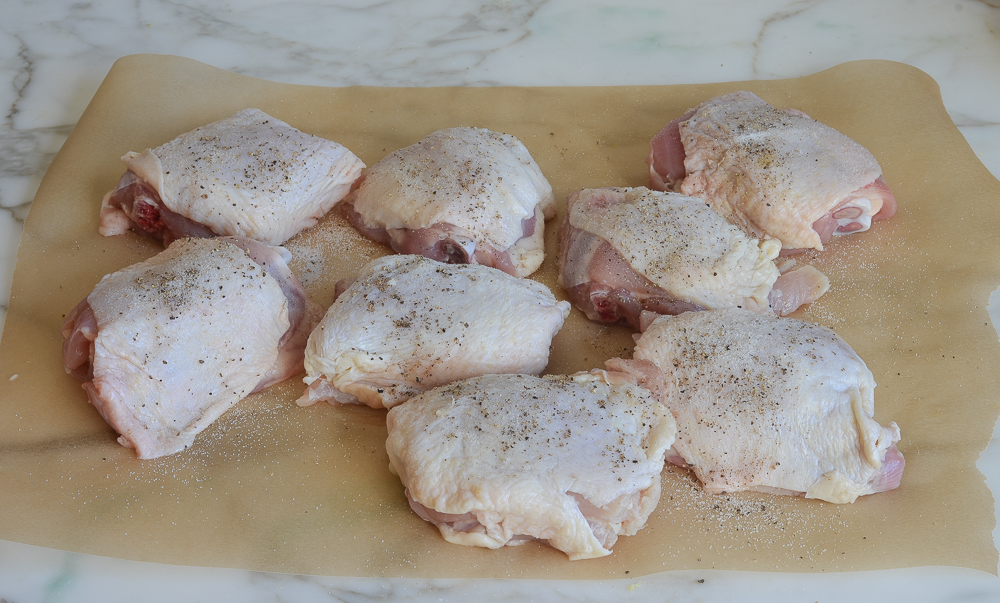
Heat the oil in a large Dutch oven or heavy-bottomed pan over medium-high heat until beginning to smoke. Brown the chicken pieces skin side down in single layer until deep golden, about 5 minutes.
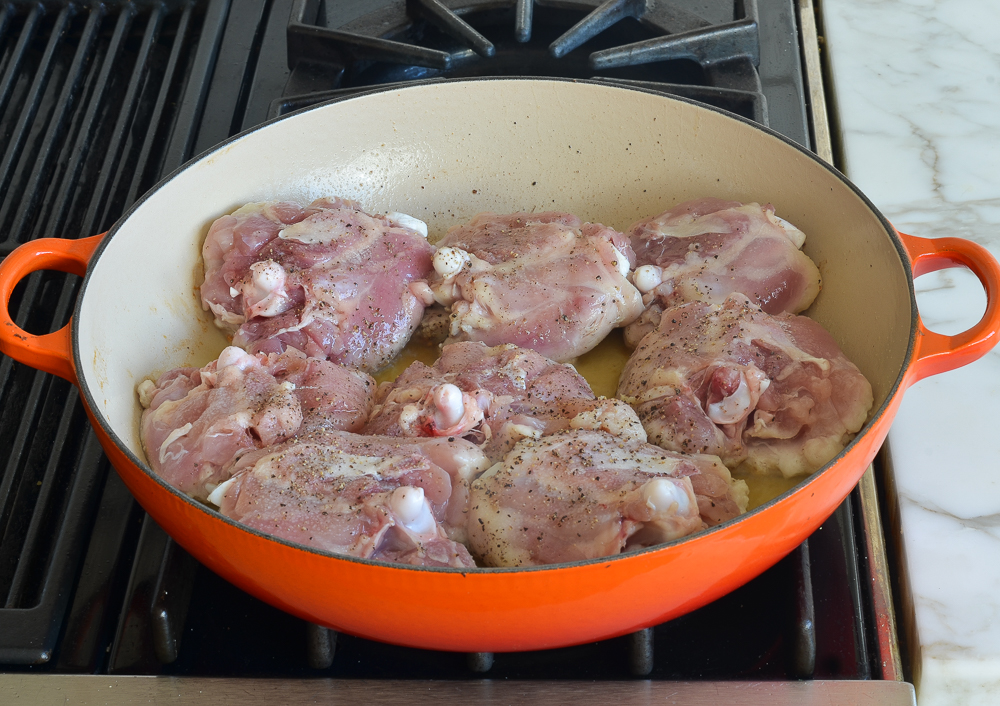
Using tongs, flip the chicken pieces over and brown the other side, about 4 minutes more. 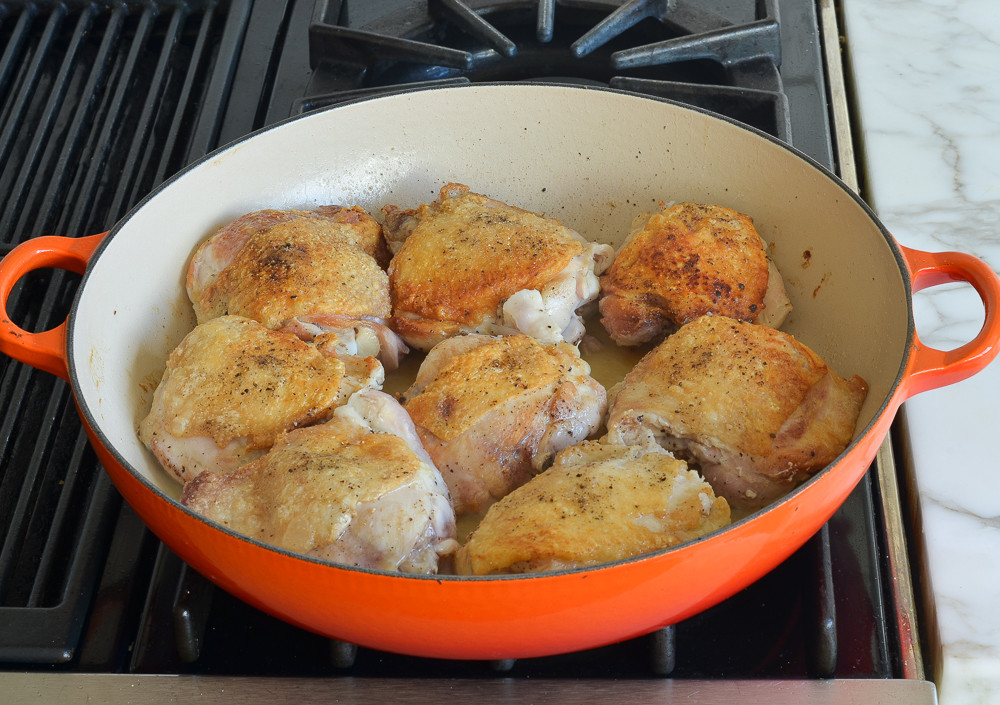
Transfer the chicken to a large plate; when cool enough to handle, peel off the skin and discard.
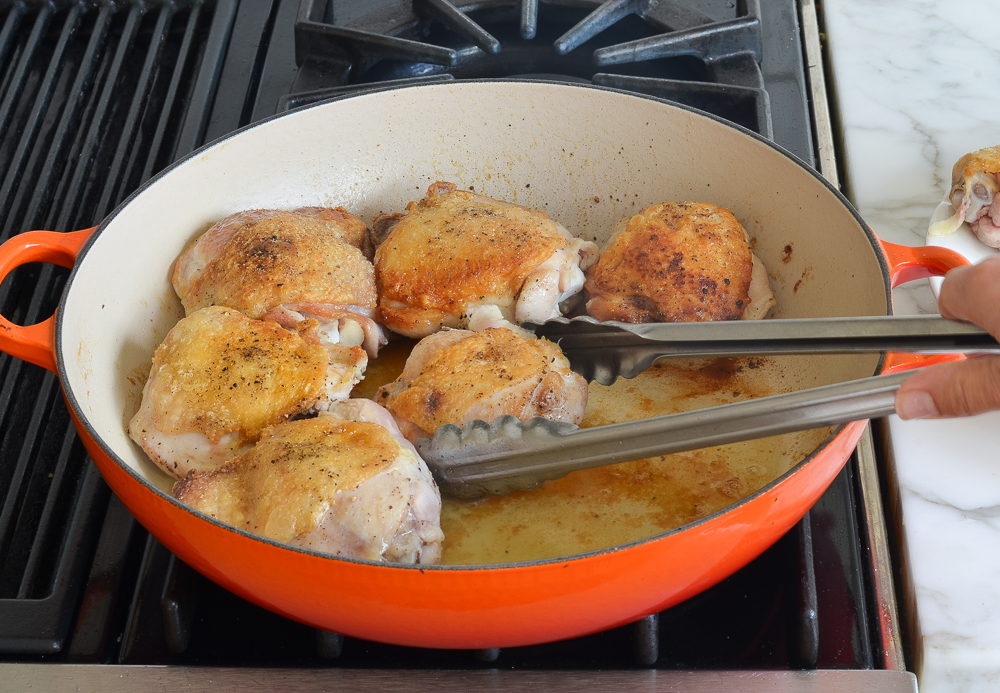
Pour off and discard all but 1 tablespoon of fat from the pan, reduce the heat to medium, and add the onion.
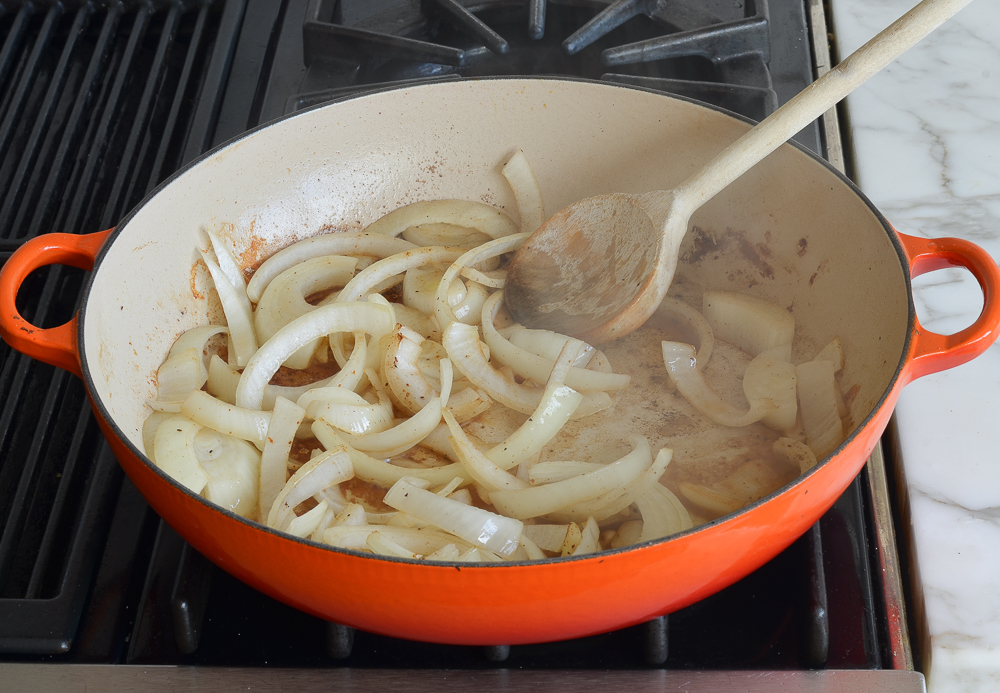
Cook, stirring occasionally, until they have browned at the edges but still retain their shape, 5 to 7 minutes (add a few tablespoons of water if the pan gets too dark).
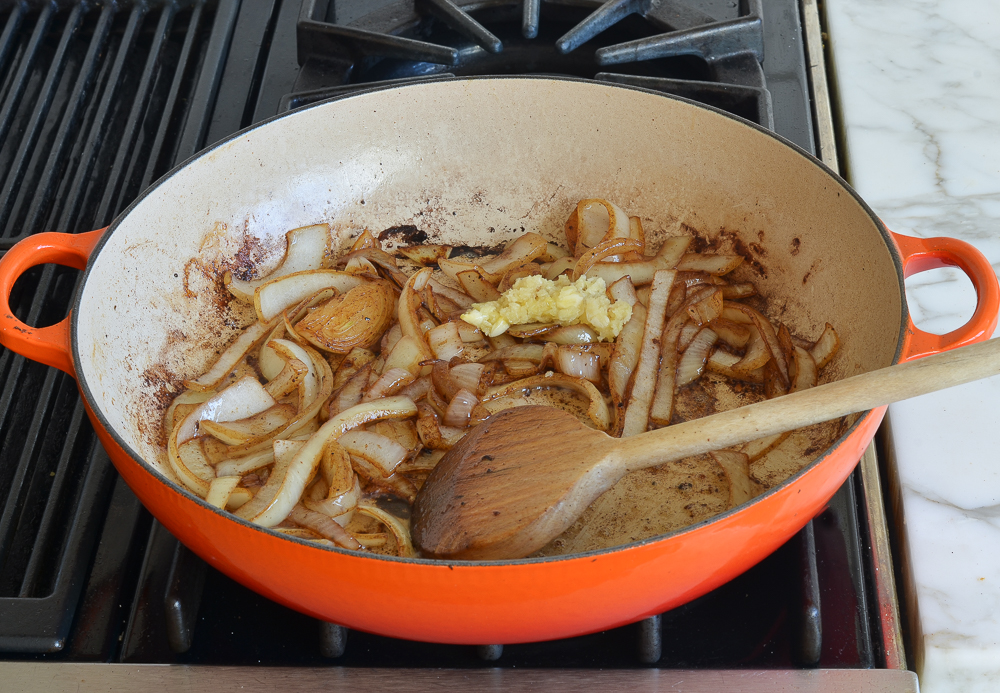
Add the remaining minced garlic and cook, stirring, until fragrant, about 30 seconds. Add the spices and flour.
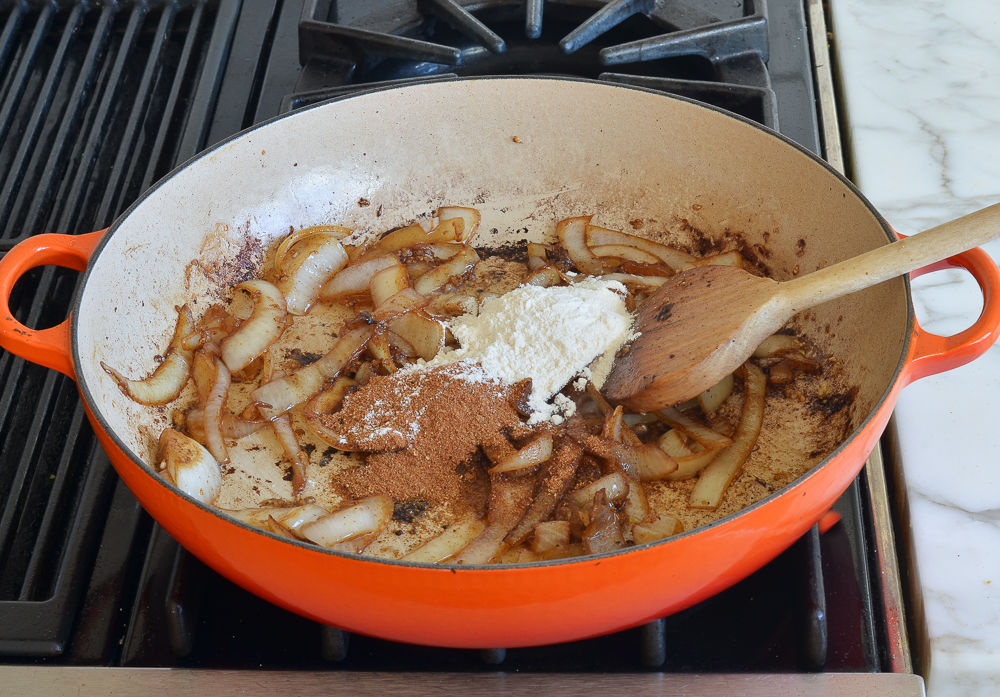
Cook, stirring constantly, until fragrant, about 30 seconds.
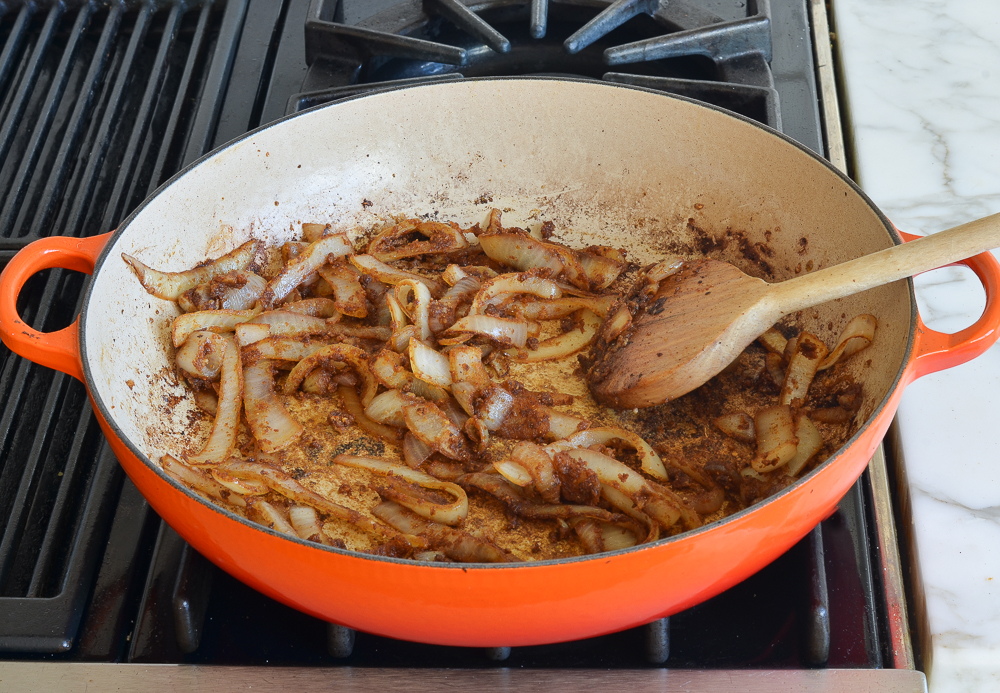
Stir in the broth, honey, remaining lemon zest, and 1/4 teaspoon salt, scraping the bottom of the pan with a wooden spoon to loosen any browned bits.
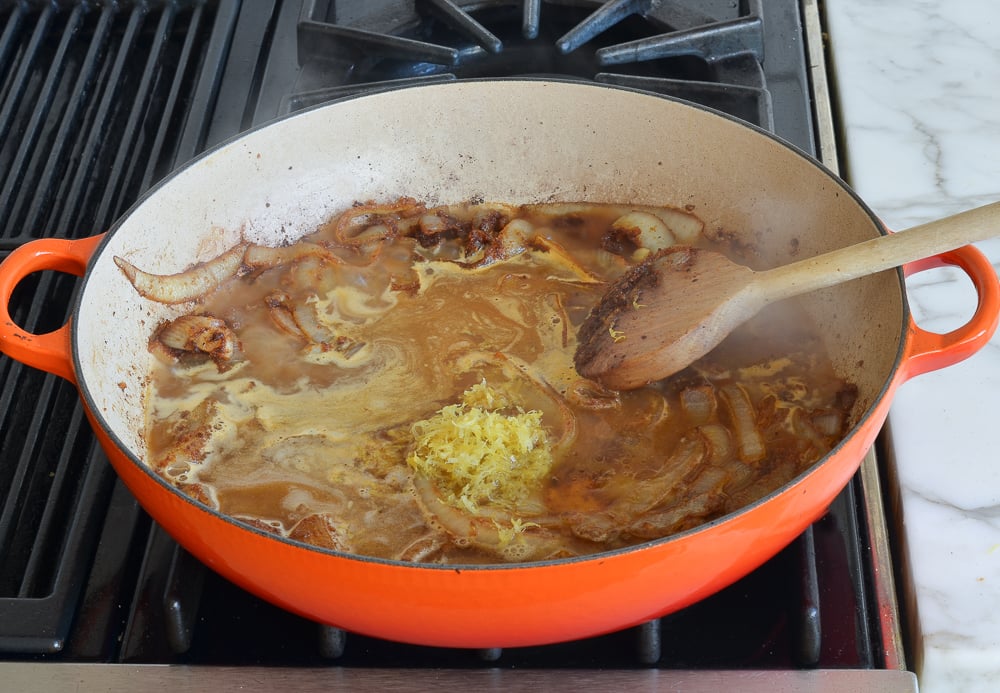
Add the chicken (with any accumulated juices) back in, reduce the heat to medium-low, cover and simmer for 10 minutes.
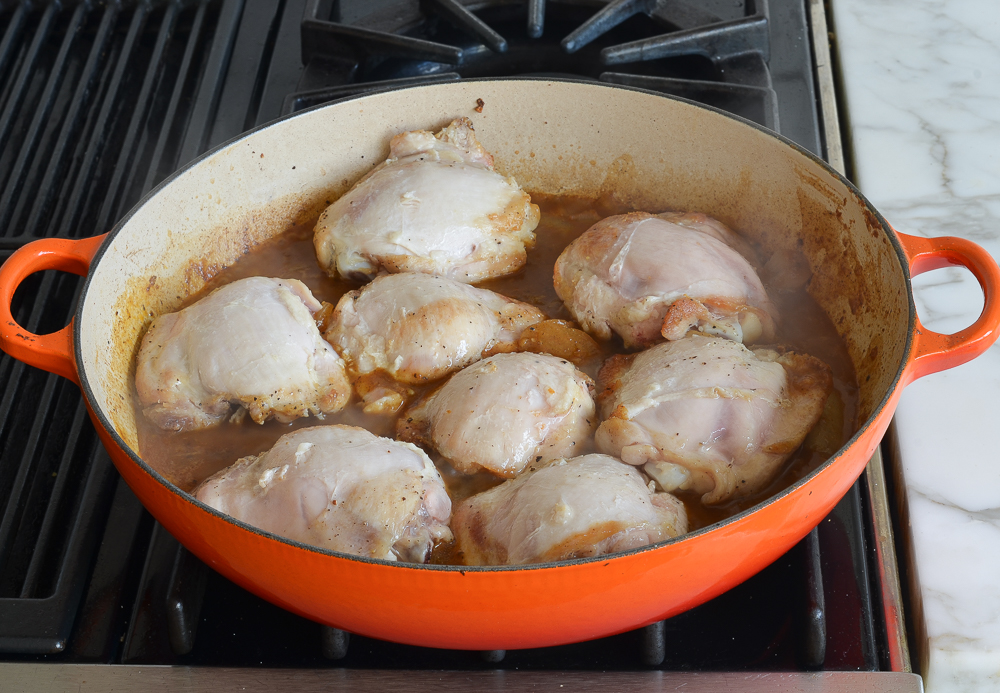
Scatter the carrots around the chicken, cover, and simmer until the chicken is cooked through and the carrots are tender-crisp, about 10 minutes more.
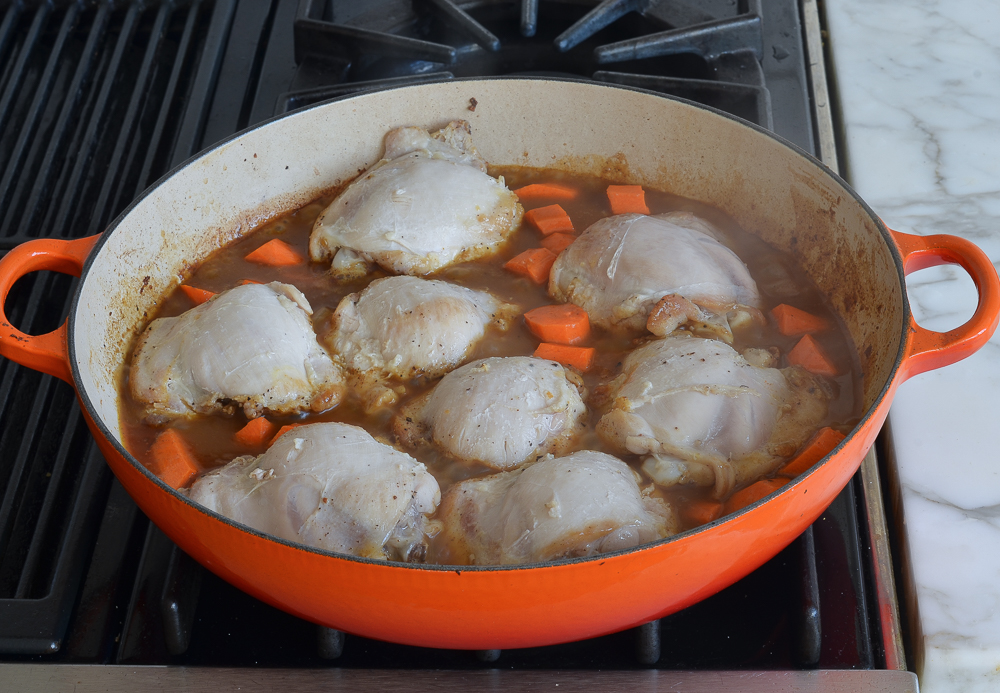
Add the olives, garlic-zest mixture, cilantro, and 1 tablespoon of the lemon juice.
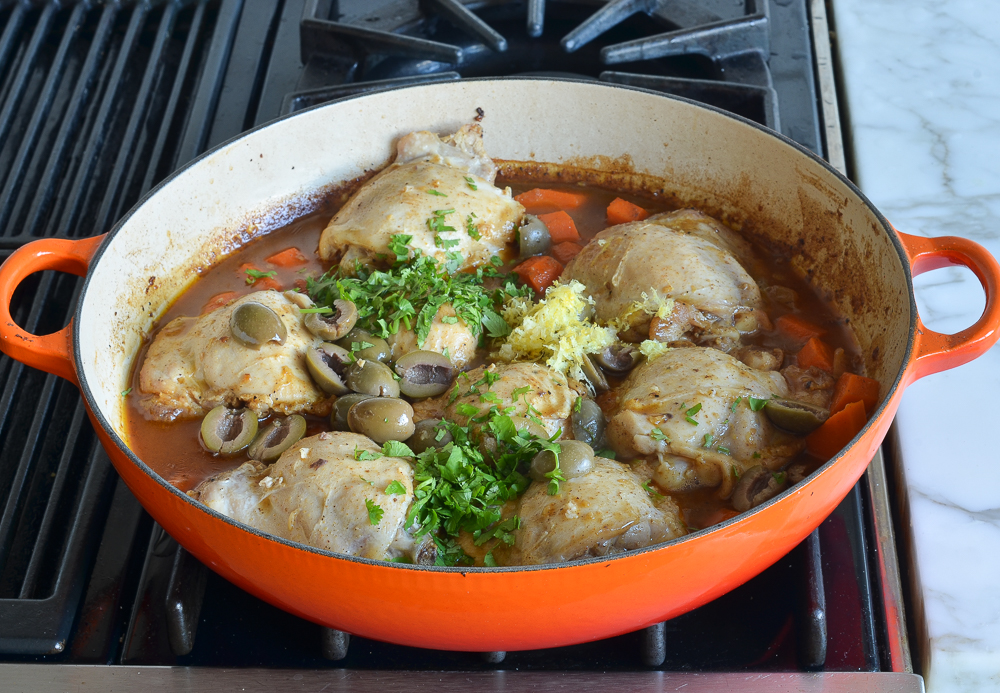
Stir to combine and adjust seasoning with salt, pepper, and more lemon juice, if desired.
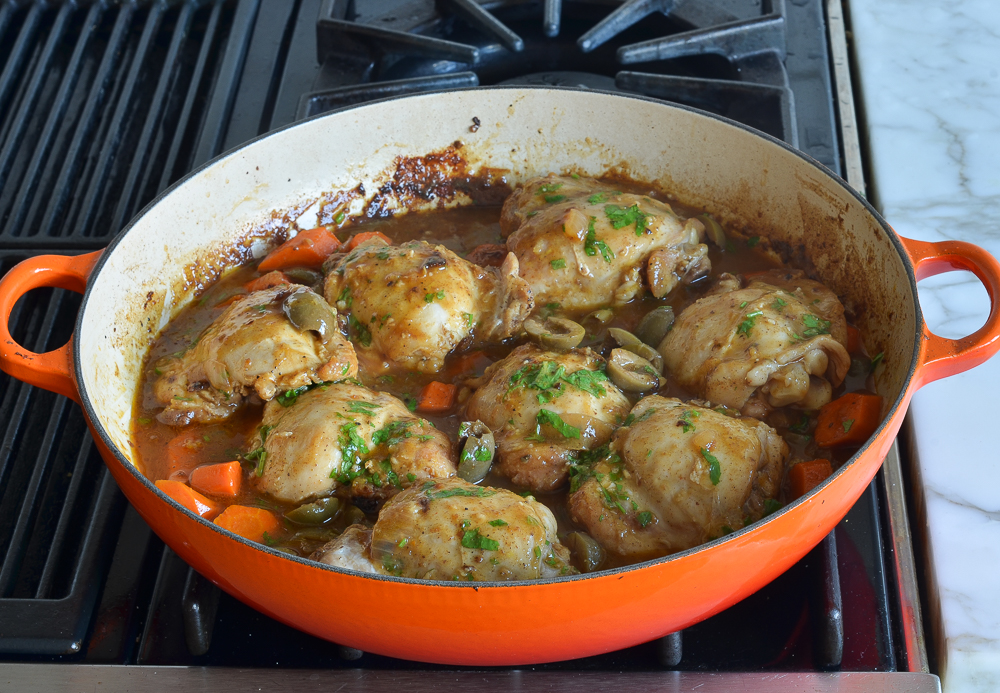
Serve with couscous.
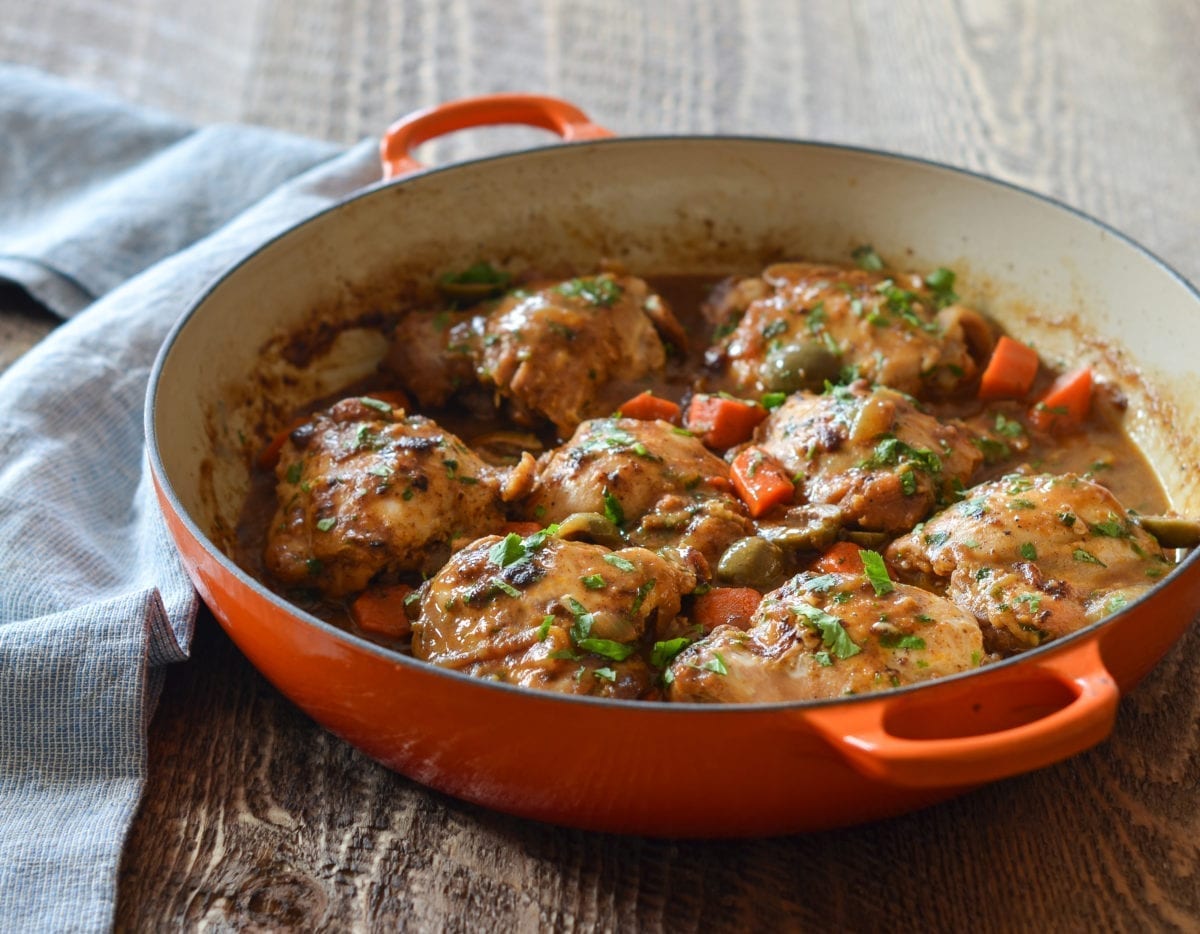
You may also like
- Moroccan-Style Brisket with Dried Fruit and Capers
- Grilled Moroccan Chicken
- Grilled Moroccan Meatballs with Yogurt Sauce
Moroccan Chicken Tagine
Chicken tagine is a traditional Moroccan dish of chicken pieces braised with spices, garlic, onion, olives, and preserved lemons. It’s company-worthy yet easy to throw together.
Ingredients
- 1 teaspoon paprika
- 1 teaspoon ground cumin
- ¼ teaspoon cayenne pepper
- ½ teaspoon ground ginger
- ½ teaspoon ground coriander
- ¼ teaspoon ground cinnamon
- 1 lemon
- 5 cloves garlic, minced
- 8 bone-in, skin-on chicken thighs (about 4 pounds), trimmed of excess skin and fat (see note)
- Salt and ground black pepper
- 1 tablespoon olive oil
- 1 large yellow onion, halved and cut into ¼-in-thick slices
- 2 tablespoons all-purpose flour
- 1¾ cups chicken broth
- 2 tablespoons honey
- 2 large or 3 medium carrots, peeled and cut crosswise into ½-inch-thick coins
- ½ cup Greek cracked green olives, pitted and halved (see note)
- 2 tablespoons chopped fresh cilantro leaves
Instructions
- Combine the spices in a small bowl and set aside. Zest the lemon. Combine 1 teaspoon of the lemon zest with 1 minced garlic clove; set aside.
- Season both sides of chicken pieces with 2 teaspoons salt and ½ teaspoon pepper. Heat the oil in a large heavy-bottomed Dutch oven or pan over medium-high heat until beginning to smoke. Brown the chicken pieces skin side down in single layer until deep golden, about 5 minutes; using tongs, flip the chicken pieces over and brown the other side, about 4 minutes more. Transfer the chicken to a large plate; when cool enough to handle, peel off the skin and discard. Pour off and discard all but 1 tablespoon of fat from the pan.
- Reduce the heat to medium. Add the onion and cook, stirring occasionally, until they have browned at the edges but still retain their shape, 5 to 7 minutes (add a few tablespoons of water now and then if the pan gets too dark). Add the remaining minced garlic and cook, stirring, until fragrant, about 30 seconds. Add the spices and flour and cook, stirring constantly, until fragrant, about 30 seconds. Stir in the broth, honey, remaining lemon zest, and ¼ teaspoon salt, scraping the bottom of the pan with a wooden spoon to loosen any browned bits. Add the chicken (with any accumulated juices) back in, reduce the heat to medium-low, cover and simmer for 10 minutes.
- Add the carrots, cover, and simmer until the chicken is cooked through and the carrots are tender-crisp, about 10 minutes more.
- Stir in the olives, reserved lemon zest-garlic mixture, cilantro, and 1 tablespoon of the lemon juice; taste the sauce and adjust seasoning with salt, pepper, and more lemon juice, if desired. Serve with couscous.
- Note: Don't fret too much over trimming the chicken thighs. The skin gets removed midway through the cooking process and most of the fat will cook off and get drained. I usually just take kitchen shears and quickly snip off any excess skin or fat. Cracked green olives are olives that have been ‘cracked’ or split open before curing, allowing the brine or marinade to penetrate. You can find them in your supermarket’s olive bar, or substitute any green olive that you like.
- Make-Ahead: After you have completed the step of cooking the carrots, the dish can be refrigerated for up to 2 days. To serve, gently warm on the stove until the chicken is heated through, then proceed to the step where the olives and remaining ingredients are added.
Pair with
Nutrition Information
Powered by ![]()
- Serving size: 1 chicken thigh
- Calories: 367
- Fat: 13 g
- Saturated fat: 3 g
- Carbohydrates: 14 g
- Sugar: 7 g
- Fiber: 2 g
- Protein: 47 g
- Sodium: 794 mg
- Cholesterol: 215 mg
This website is written and produced for informational purposes only. I am not a certified nutritionist and the nutritional data on this site has not been evaluated or approved by a nutritionist or the Food and Drug Administration. Nutritional information is offered as a courtesy and should not be construed as a guarantee. The data is calculated through an online nutritional calculator, Edamam.com. Although I do my best to provide accurate nutritional information, these figures should be considered estimates only. Varying factors such as product types or brands purchased, natural fluctuations in fresh produce, and the way ingredients are processed change the effective nutritional information in any given recipe. Furthermore, different online calculators provide different results depending on their own nutrition fact sources and algorithms. To obtain the most accurate nutritional information in a given recipe, you should calculate the nutritional information with the actual ingredients used in your recipe, using your preferred nutrition calculator.

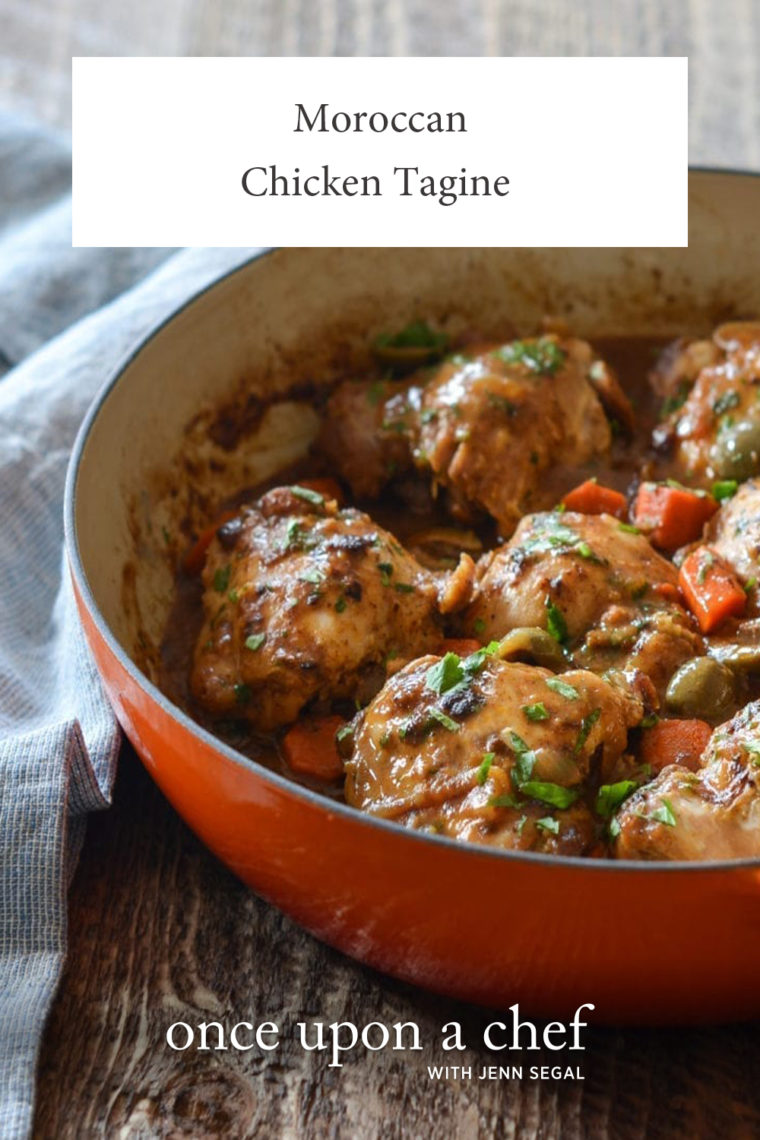
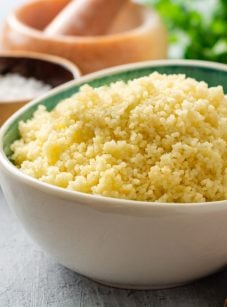
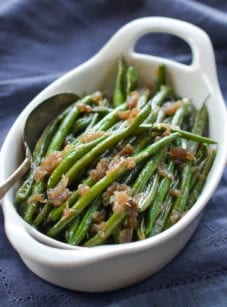
I did modify the recipe somewhat so I’m hesitant to review. I’m not a big olive fan so I substituted dates and halved the honey to make up for the sweetness. I also added pistachios for texture. Second time I made it I used harissa instead of paprika.
It says to add the remaining lemon zest in twice. I’m a bit confused here
Hi Sue, when you zest the lemon, you combine 1 teaspoon of the zest with one of the minced garlic. The first time you are instructed to add lemon zest, that’s the remaining zest that hasn’t been combined with the garlic. The second time you add the zest, that will be the zest-garlic mixture. Hope that clarifies and that you enjoy!
My husband made this dish for us for our anniversary. He followed the recipe but also added harissa seasoning to the spice mix. This dish was out of this world delicious! Highly recommend this recipe.
Question: could I substitute cornstarch (or something else) for the flour, in order to make it gluten-free?
Hi Gail, You can use gluten-free flour. If you’d like to use cornstarch, I’d wait until you’re further along in the recipe — combine 2 tablespoons cornstarch with 2 tablespoons cold water; mix until completely smooth. After adding the carrots, whisk half of the slurry/mixture into the liquid and simmer per the recipe instructions. Hope that helps and that you enjoy!
I followed this recipe exactly as written except for the chicken. I used boneless skinless chicken thighs. Like all of Jenn’s recipes, this one was excellent. Many thanks Jenn.
Hello. If I was able to find preserved lemons do you have an idea for how I would substitute them i.e. amount of them vs. the regular lemons?
Hi Shelley, I’d omit the lemon zest and juice, and use the thinly sliced rind of one preserved lemon. Please LMK how it turns out!
Absolutely amazing. Added a tin of chickpeas and a bag of dried dates instead of honey. So good!
I made this tonight and my husband was extremely dubious…but loved it! He liked the way the olives balanced out the sweetness of the sauce. I pretty much stuck with the recipe except that I wanted to use my brand-new Instant Pot Duo Air Fryer, so I “fried” the bone-in, skin-on chicken in there while the sauce was cooking in my skillet. I left the skin on and used Kalamata olives because that’s what I had on hand. Thank you for this delicious recipe!
I am curious – in the third to last picture you are adding the final ingredients and at that point presumably the chicken is cooked and ready to serve – how do you therefore finish so that the chicken looks like it does in the final picture? Want to cook this for a dinner party.
Hi Claire, I think the difference in color that you’re seeing between the previous picture and the final one is that I’ve spooned some sauce over the top of the chicken in the last pic and it adds a bit more color. Hope that clarifies!
Great recipe. The lemon zest was a great addition. My new “go-to” chicken recipe!
Delicious! I added dried apricots while cooking and I sprinkled some slivered almonds before serving. I served with couscous and grilled vegetables (eggplant, zucchini, butternut squash, onion) sprinkled with tajine spices and olive oil drizzled on too. Great recipe!